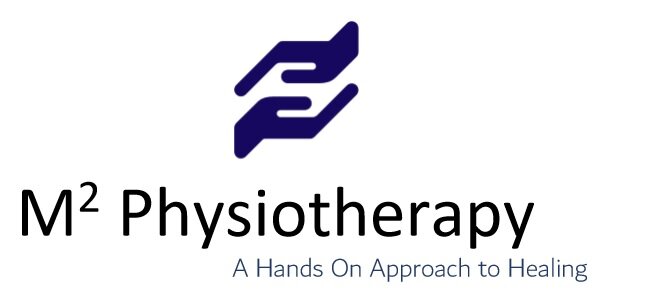Why do I have ear pain but I was diagnosed with TMD?
Eye pressure, headaches, earaches, blurred vision, toothaches, facial burning/tingling and neck pain:
Upon hearing a patient complain of one or more of these symptoms, one possible diagnosis from a physician may be temporomandibular dysfunction (TMD).
More than 10 million Americans are affected by TMD2, and 5-15 percent of Americans complain of pain associated with the condition. What’s more, estimates from the National Institution of Dental and Craniofacial Research show that TMD is most common in women ages 20-50.
Although clinical research on physical therapy treatment for TMD is lacking, clinical physical therapists report high percentages of symptom resolution and patient satisfaction. Many of the treatments that physical therapists commonly use on other joint dysfunctions are very applicable to the temporomandibular joint (TMJ).
Manual techniques such as positional release, muscle energy and trigger point release are very effective on the pterygoids, masseters and temporalis musculature. These manual treatments combined with craniosacral and myofascial release assist in the neuromuscular re-education of the craniofacial muscles and lead to more symmetrical joint movement.
The asymmetries in a patient with TMD often carry into the cervicothoracic spine. A combination of manual treatment, scapular stabilization and postural education is often needed to create an optimal anatomical state for full healing to take place.
Beyond postural education, physical therapy for TMD may include education on lifestyle changes to ease stress on the TMJ, relaxation training and TMJ/facial home exercise training. Lifestyle changes involve adapting a diet to decrease stress on the TMJs and developing increased awareness of the jaw position during various activities. Relaxation training includes diaphragmatic breathing and biofeedback techniques to further decrease TMJ compression and irritation. The use of these techniques in combination with the previously mentioned manual treatments and postural training work wonderfully to return the TMJs to a symmetrical and smoothly translating position and significantly improve patient outcomes for TMD.
